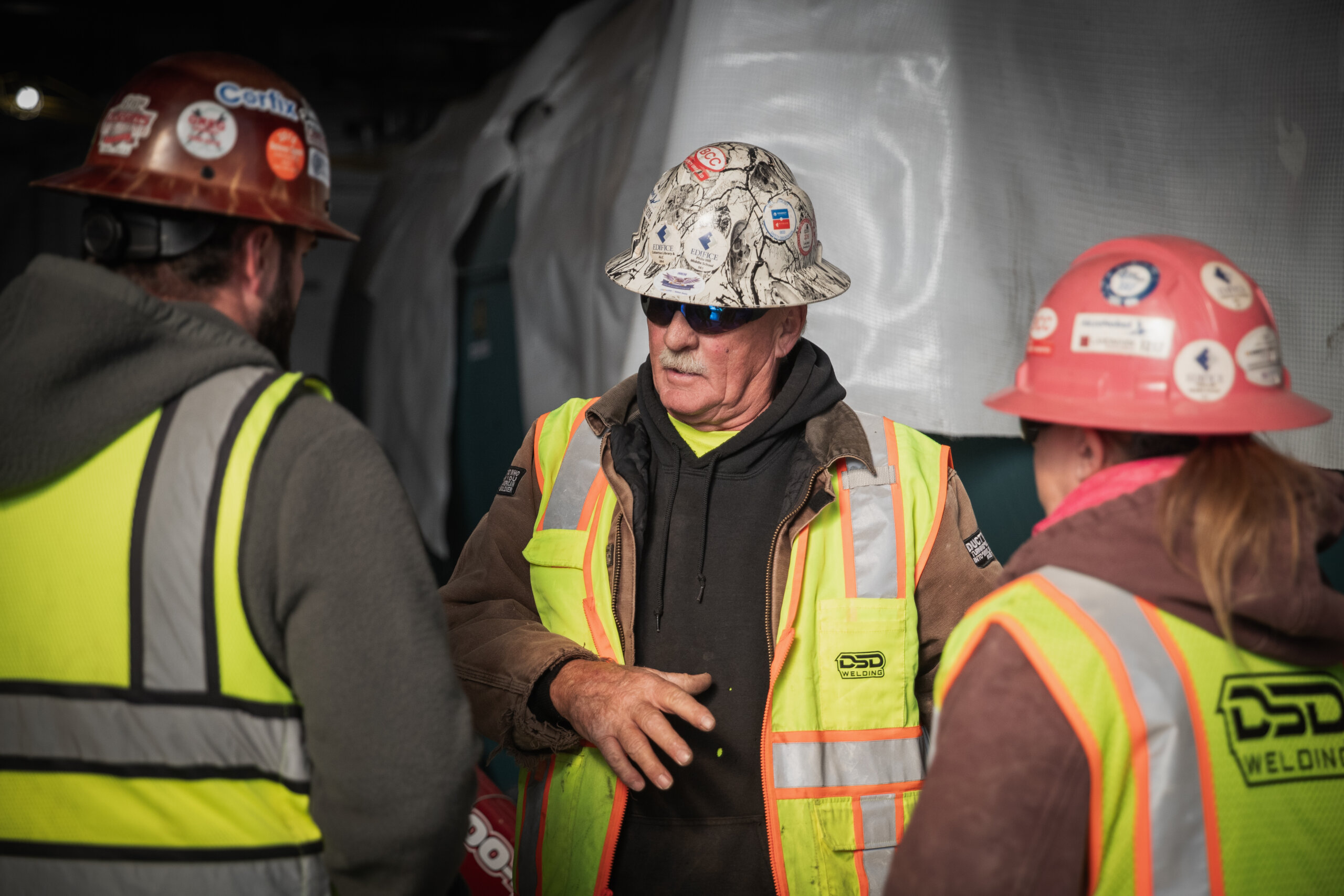As a Site Supervisor or Project Manager, you know the weight of keeping your crew safe and compliant. It’s not just about checking boxes—it’s about making sure everyone on-site goes home in one piece.
But let’s be honest: with rotating crews, subcontractors, and endless to-do lists, keeping up with OSHA compliance can feel like a juggling act. The good news? With the right training programs and daily safety protocols in place, you can create a culture where compliance is second nature. Let’s dive into how.
The Foundation of Compliance: Worker Training
Training isn’t a one-and-done thing—it’s an ongoing process. Here’s how to make sure your crew is up to speed:
1. Start with Onboarding
Every worker needs a solid introduction to jobsite safety. Cover OSHA basics like fall protection, hazard communication, and PPE use.
Pro Tip: Use digital tools like Corfix to track who’s completed training and set reminders for refreshers. No one falls through the cracks.
2. Make Toolbox Talks a Habit
Toolbox talks are quick, focused discussions that reinforce safety practices. Use them to address specific risks, like working near scaffolding or operating heavy equipment.
How to maximize impact of your toolbox talk:
- Keep it short (10–15 minutes).
- Use visuals or real-world examples to make it engaging.
- Document attendance using a digital platform to ensure everyone’s covered.
3. Provide Role-Specific Training
Not every worker faces the same risks. Tailor training to specific tasks, whether it’s scaffolding setup or handling hazardous materials.
Pro Tip: Mobile-friendly training modules let workers learn on the go, reducing downtime.
Daily Protocols That Keep Compliance on Track
Training sets the stage, but daily protocols keep things running smoothly. Here’s what to focus on:
Daily Inspections: Start every shift with a quick inspection of tools, equipment, and the jobsite. This helps catch potential hazards before work begins. Make it simple by using a digital checklist to standardize inspections across teams and log issues in real time so they can be addressed immediately.
Real-Time Hazard Reporting: Encourage your crew to report hazards the moment they see them. A missing guardrail or faulty ladder isn’t just an inconvenience—it’s an accident waiting to happen. Pro Tip: With platforms like Corfix, workers can snap a photo, write a quick note, and send it directly to your dashboard. Fixes happen faster, and everything’s documented for compliance.
Reinforce PPE Compliance: It’s one thing to hand out PPE—it’s another to make sure it’s worn correctly. Include PPE checks in your daily protocols to ensure workers are properly equipped. Pro Tip: Create a quick checklist that supervisors can run through at the start of each shift.
The Role of Supervisors in Compliance
As a supervisor, you set the tone for safety. By showing your crew that compliance is a priority, you encourage them to take it seriously too. Lead by example—wear your PPE, follow protocols, and stay proactive about addressing risks.
Pro Tip: Recognize and reward workers who go above and beyond in following safety protocols. A little appreciation can go a long way in building a strong safety culture.
Conclusion: Building Safer Jobsites, One Day at a Time
Compliance isn’t about perfection—it’s about consistency. By combining strong training programs with clear daily protocols, you can create a safer, more efficient jobsite. And with tools like Corfix in your corner, staying compliant doesn’t have to be a hassle.
Schedule a demo today to see how we help supervisors like you simplify compliance and keep crews safe.
